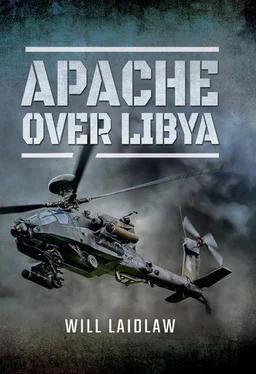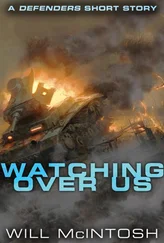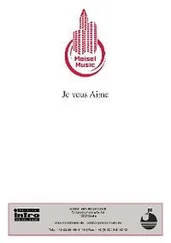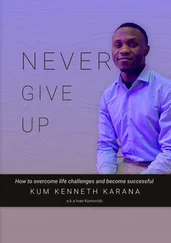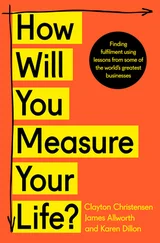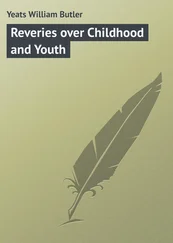‘Negative. Wait… radar still coming on…’
‘I need a steer, currently at the recovery point.’ I was at 200ft over the sea, 20 miles from Libya with 30 miles of fuel left and beginning to feel alone again. The fear was with me.
‘Head three-five-zero. Twenty miles,’ came the calm voice of the Ops Room.
‘Wilco’. Twenty miles! I immediately got on the net to Nick and called his patrol back: ‘Knock it off. Mother twenty miles north of recovery point. Return now.’
Back in Brega, Underdog patrol were taking turns as looker and shooter. The patrol destroyed two triple-A systems in the harbour area, one as it was being towed by a technical. My urgent call was received as they considered eating into their spare fuel to chase more manoeuvring triple-A systems.
Little Shippers was quick with his calculations of fuel burn, best speed and power settings to remain airborne and reach the now very northerly Mother.
Nick turned his patrol north. ‘Copied. Rounds complete. Tracking for Mother.’
Ahead, in my patrol, we flew on. I still had control but was nearing the end of calm. Searching left and right with the infrared, I finally found the ship.
‘Yes! Got it!’ I called out to John. ‘Head three-five-five, there she is!’
‘That’s the best the news I have ever heard…’ he replied. But as he spoke I realized I was wrong. My heart settled low in my chest with dismay. I was wrong.
‘Sorry, mate. It’s a cloud. Continue on course.’ As I spoke a caution alarm sounded and my right-hand MPD showed a graphic of both fuel tanks indicating low. ‘Just low fuel, but we knew that,’ I joked, not able to mask my concern. ‘Continue.’
This was serious. Very, very serious. I felt the fear surging and settling, surging and settling. With no more than ten minutes of fuel left I decided to brief the deliberate ditching procedure. It had to be discussed now, while we still had control, before the panic, before the water and the dark and the violence of eight tonnes of Apache going into the sea.
‘You will fly and jettison the remaining Hellfire and then bring it into a low hover. I’ll explode the canopy. I will then take control. You’ll get out. I’ll move it away, trim it and then I’ll get out. Okay?’
It was feeble. I felt breathless and weak as I spoke. How could we have got into such a state? We had survived the triple-A and the SA-6 and fought a battle and now, out over the sea, we might perish because we couldn’t find the ship and our fuel was about to run out.
‘Understood,’ replied John. ‘At endurance speed now.’ He was flying at the lowest power setting he could to keep us in the air, as I searched with increasing desperation for Ocean .
The infrared sight relayed an endless steady green nothing until, with just a few minutes of fuel left, I found the heat of Ocean white amongst the sea and sky.
‘My line of sight, left, Ocean !’ I called to John and then on the radio, ‘Mother visual, joining on long finals.’
Pointing my FLIR at the heat spot, I stored her coordinates and sent the data to Underdog. This gave Nick and his team the most accurate steer available. Meanwhile, John Blackwell flew directly at our gradually defining one chance of a safe landing. I hurried through our before-landing checks as Ocean slowly took on the shape of a ship. With each second our fuel reduced. Pound by pound we were getting ever lighter and ever closer to ditching. I thought back to the early days in 2010, finding Ark Royal pitching alarmingly in the dark off the north coast of Scotland, and the tension in the cockpit, hands tight on the controls, as Mark Hall and I laboured into a slow and untidy landing in poor weather at night. That was eight months ago and we had all practised dozens of night landings since then. This landing, on Ocean at war, had to be fast and accurate. Otherwise we might all die.
In Flyco, Wings peered out of the aft-facing window as his controller issued our joining instructions: ‘Jilted One you are number one for Two Spot, Jilted Two is number two for One Spot. Both aircraft cleared to land. Confirm weapons safe.’
We usually landed one at a time, and the second aircraft was only allowed to begin its approach once the first was safely on deck and all weapons systems triple checked for disarming and safety. There was no time for this now. We had minutes of fuel left and Wings could see the danger. He knew the risk right now was one Apache ditching as it ran out of fuel waiting for clearance to land while the other Apache safed its weapons. Wings had the flight deck ready, the ship on a flying course and the officer of the watch listening intently to his concerns.
A mile off Ocean ’s stern John Blackwell steadied our aircraft at 400ft and 60 knots at the top of our final approach.
‘We’re cleared in, good lights, continue,’ I called, seeing the glide path indication lights beckoning us from the flight deck.
‘Yep, good lights. Right eye difficult, but good lights,’ he replied. Having been looking through the infrared projected into his right eye for the past two hours, he was now struggling to see the normal lights necessary to guide the aircraft on to the flight deck. While we had been searching for Ocean he had not been able to settle his eyes off the infrared in time to land. This meant his right eye had been staring at a bright green image all night, and his retina would take at least ten minutes to get back to seeing in colour again. With his right retina peering as though through a misty, brown-stained haze and his left eye good, John was steering us for the ship. My sight was no different. I flicked the infrared on and off as we made our approach, to check we were still on the right course. Between us we had two good left eyes and two poor right eyes. Just enough. There was only going to be enough fuel for one shot at the approach and landing. Any delay could be fatal for us and for Mark and Charlie. John shot the approach.
‘Good glide slope, good speed, good rate of descent…’ I called the numbers as he flew, visually matching the aspect of the flight deck with what he knew he needed to see in order to get alongside safely.
‘One mile… 200ft… 50 knots… all good, continue…’ We descended. ‘Quarter of a mile, 100ft, 40 knots… 80ft, 70, hold height.’
John now had the flight deck visual. Wings had thrown on all the lights. There was no need for secrecy now. ‘I can see the marshaller on Two Spot. All good. Moving over the deck now.’ He brought us alongside in the 70ft hover, checked his visual references and with about two minutes of useable fuel in the tanks manoeuvred us sideways to the right, over the deck and planted the aircraft on its spot.
I immediately transmitted, ‘Jilted One on, weapons safe.’
Flyco replied, ‘Deck is safe, Jilted Two cleared to land.’
Charlie had already begun his approach when Flyco cleared him in. Forty seconds later they roared past us, barely paused to hover alongside and landed with a bounce on the spot to our front.
‘Good landing, mate. Really good landing, no debrief points,’ I said to John, mimicking the sort of dialogue an instructor would give during a check ride.
‘Thank you. If it felt a little hurried it’s because I suddenly remembered I’d left the iron on.’ His humour had returned.
‘All good, lots to talk about, but first I need a little lie-down. On the flight deck!’
The relief of being on deck was replacing the adrenaline of the mission. The reality of our situation was making me shake. As soon as John stopped the rotors I got out. Hauling all my ammunition and weapons with me, I jumped down on to the flight deck. I knelt, ostensibly to unload my Sig and Carbine, this action masking my relief and the surge of weakness that comes with knowing that I’d just got away with my life twice in combat and once more over the sea. Had I been alone I would have wept. I wasn’t, so I stood up and walked inside the ship, just as both Underdog aircraft approached to land.
Читать дальше
